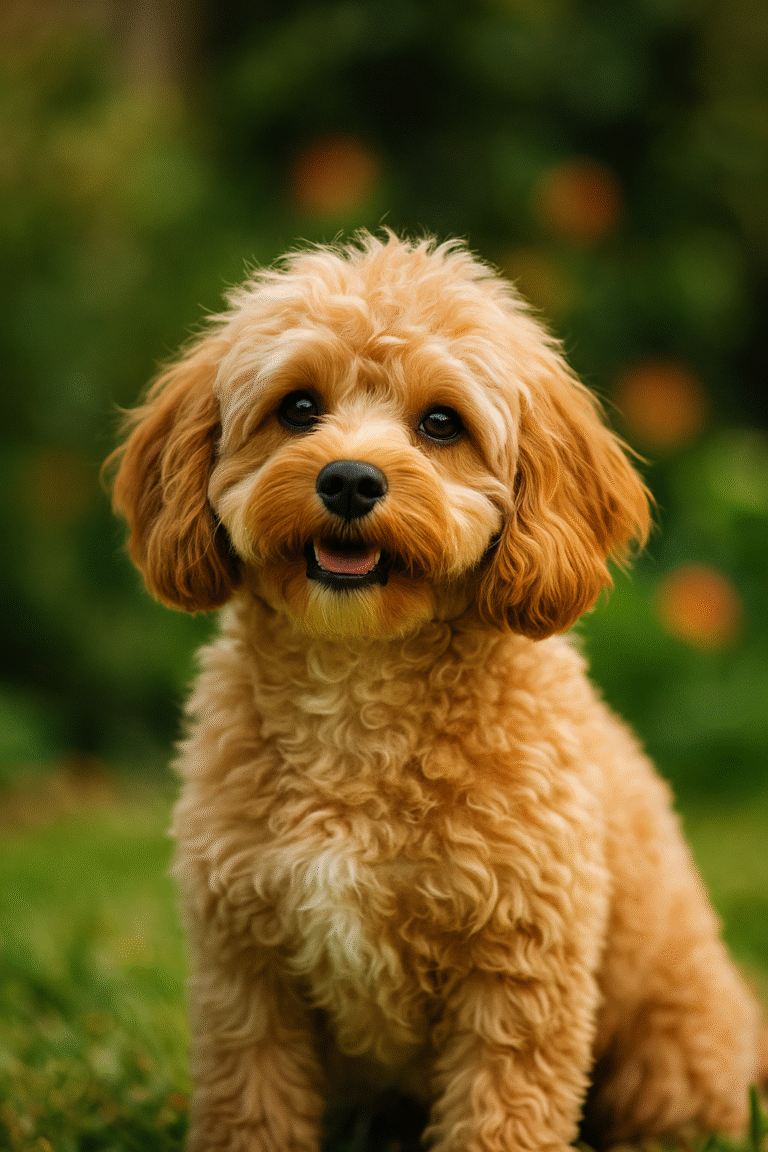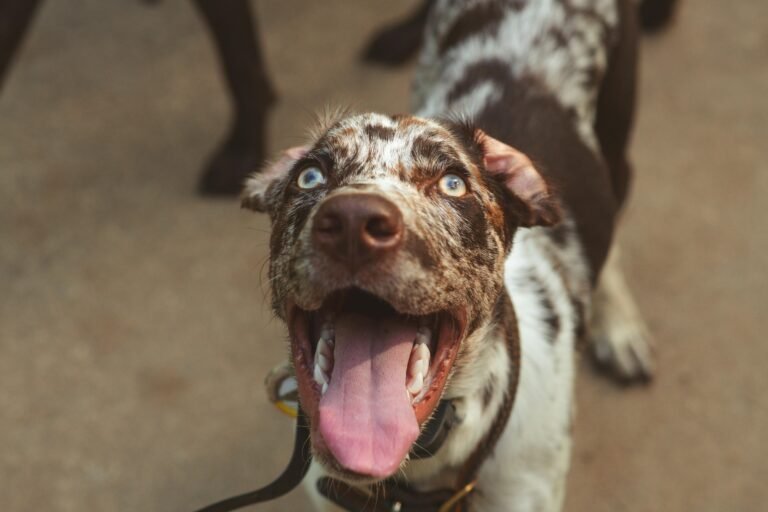The Basenji is one of the most distinctive and storied dog breeds in the world. Nicknamed the “African barkless dog,” this small hound has a history that stretches back thousands of years and a personality that is unlike any other breed. Originally developed as a versatile hunter in the forests and grasslands of Central Africa, the Basenji has recently become a cherished companion in households around the world. Their elegant appearance, expressive eyes and unusual vocalizations make them stand out, but living with a Basenji requires an appreciation for the breed’s unique traits and an understanding of their instincts. In this article we’ll explore the Basenji’s origins, physical characteristics, temperament, care requirements and more to help you decide if this ancient hound is the right fit for your family.
History and Origins
The Basenji is often described as a “living relic” because the breed has changed little since it first appeared in ancient Egypt and Central Africa thousands of years ago. Drawings of dogs resembling today’s Basenji have been found on Egyptian tombs, suggesting that their ancestors were valued hunting companions in the Nile Valley. In Central Africa, forest tribes developed the modern Basenji to drive game into nets and warn hunters of dangers. Their light build let them weave through dense underbrush, while sharp senses helped track prey. British explorers encountered them in the 19th and early 20th centuries and were fascinated by their aloof nature and yodel-like vocalizations. Successful importation in the 1930s allowed the breed to establish itself in Europe and North America.
Because of their long isolation, Basenjis retained primitive traits. Females usually come into heat only once per year, unlike most breeds. They also have strong hunting instincts and an independent streak that makes training a challenge. Additional dogs were imported in the mid-20th century to strengthen genetic diversity, and today the breed is recognized by major kennel clubs worldwide.
Physical Characteristics
The Basenji is a small, elegant hound with a smooth, short coat. Males average 17 inches tall and 22–24 pounds, while females are slightly smaller. They have a proud stance, fine-boned body, a tightly curled tail, and wrinkled forehead that gives them a thoughtful expression. Dark almond-shaped eyes, erect pointed ears, and finely chiseled cheeks complete their striking look.
The coat is short and silky, lying close to the body. Colors include chestnut red, black and white, black and tan with white, and brindle, always paired with white markings on the feet, chest, and tail tip. Some dogs have a white blaze or stockings. Weekly brushing is usually enough to maintain the coat. Another notable feature is their long legs, which contribute to their graceful stride and athleticism. Basenjis are agile climbers and jumpers despite their small size.
Voice and the “Barkless” Myth
Though often called barkless, Basenjis are not silent. Instead of barking, they produce a yodeling sound known as a “baroo,” as well as trills, growls, whimpers and howls. Their unique larynx prevents the typical rapid vibrations needed for a bark, giving their voice its distinct character. Owners come to appreciate these melodic sounds, which make the breed particularly suited to apartment living — provided their exercise needs are met.
Temperament and Personality
Living with a Basenji is a bit like living with a clever cat. They are affectionate with family but reserved with strangers, often bonding most strongly with one person. Curious and intelligent, Basenjis quickly figure out how to open cabinets, climb counters or escape enclosures. This inquisitiveness can be charming but also challenging. Clear boundaries and plenty of mental stimulation are essential to prevent boredom.
Basenjis have an independent streak and may ignore commands they find pointless. Positive reinforcement and patience are key. Early socialization is crucial to counteract wariness of strangers and to balance their strong prey drive. While generally good with older children and other Basenjis, they may not tolerate rough handling and are not reliable around small pets such as rabbits or hamsters. Supervision and training are important to ensure harmony in multi-pet homes.
Exercise and Activity Requirements
Basenjis are active dogs with both stamina and bursts of speed. They need daily exercise, including long walks and play in secure areas. Jogging, hiking, agility and lure coursing are excellent outlets. They should never be off-leash in unfenced areas because of their strong chase instincts. Even the most obedient Basenji may bolt after a squirrel or rabbit.
Mental exercise is equally important. Training games, puzzle toys, scent work and trick training keep their sharp minds engaged. Without stimulation, Basenjis may become destructive or develop bad habits like excessive chewing or digging. Rotating toys and activities helps keep them satisfied.
Care and Grooming
Basenjis are low-maintenance when it comes to grooming. Weekly brushing and an occasional bath keep their coat clean and healthy. They groom themselves much like cats and rarely develop doggy odor. Regular nail trimming, ear checks and dental care are essential.
Health-wise, Basenjis are generally strong but may face certain genetic conditions such as Fanconi syndrome, progressive retinal atrophy, hip dysplasia and thyroid problems. Reputable breeders screen for these conditions. With good care, Basenjis live around 13 years or more.
Feeding and Nutrition
Basenjis do best on a high-quality diet suited to their age, size and activity level. Most adults thrive on 1 to 1.5 cups of food per day, split into two meals. Because they can gain weight if overfed and under-exercised, portion control is important. Treats should be limited to no more than 10% of daily calories.
Living with a Basenji
Owning a Basenji is a commitment best suited to active, experienced owners. They thrive with secure yards, consistent training, and plenty of mental and physical challenges. While not always ideal for first-time owners, they reward dedicated families with affection and entertainment. Their cleanliness, quiet nature and strong bond with people make them unique companions. Many owners note that their habits and personalities are as catlike as they are canine.
Basenjis love exploring new environments and make great travel companions, provided they are securely leashed or crated. They often do well with other Basenjis or dogs they are raised with, and communicate with expressive body language and facial cues. Watching them interact is both fascinating and endearing.
Conclusion
The Basenji is truly a one-of-a-kind breed. With an ancient history, unique voice and clever mind, they offer endless fascination for those who understand their quirks. Potential owners should be prepared to invest time in training, socialization and exercise, while embracing a dog that thinks for itself. For active families or individuals, the Basenji can be a clean, athletic and independent companion. With love, patience and consistent care, this “barkless” hound will reward you with loyalty, laughter and a bond that reaches back through the ages.






